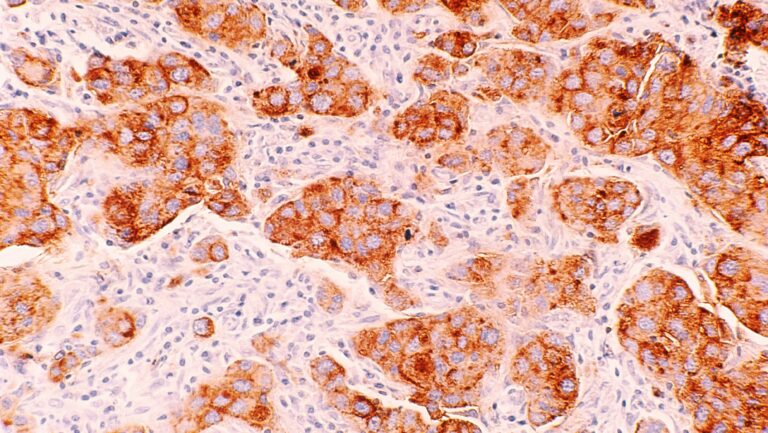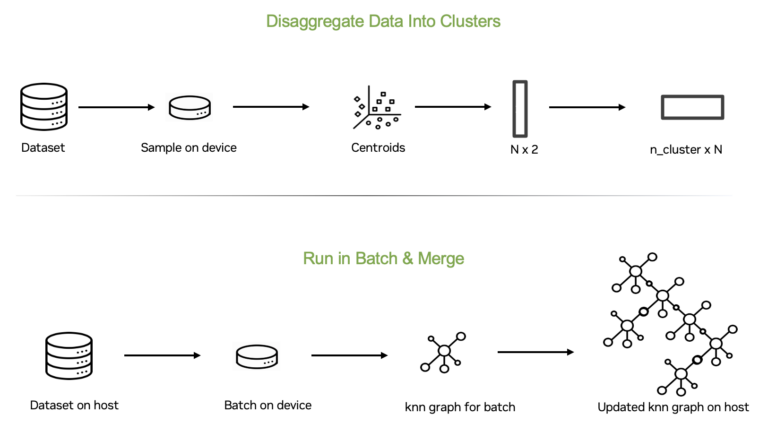 Robotics could make everyday life easier by taking on repetitive or time-consuming tasks. At NVIDIA GTC 2024, researchers from Stanford University unveiled…
Robotics could make everyday life easier by taking on repetitive or time-consuming tasks. At NVIDIA GTC 2024, researchers from Stanford University unveiled…
Robotics could make everyday life easier by taking on repetitive or time-consuming tasks. At NVIDIA GTC 2024, researchers from Stanford University unveiled BEHAVIOR-1K, a major benchmark designed to train robots to perform 1,000 real-world-inspired activities—such as folding laundry, cooking breakfast, and cleaning up after a party. Using OmniGibson, a cutting-edge simulation environment for…

 A new deep learning model could reduce the need for surgery when diagnosing whether cancer cells are spreading, including to nearby lymph nodes—also known as…
A new deep learning model could reduce the need for surgery when diagnosing whether cancer cells are spreading, including to nearby lymph nodes—also known as… The exponential growth of visual data—ranging from images to PDFs to streaming videos—has made manual review and analysis virtually impossible….
The exponential growth of visual data—ranging from images to PDFs to streaming videos—has made manual review and analysis virtually impossible…. UMAP is a popular dimension reduction algorithm used in fields like bioinformatics, NLP topic modeling, and ML preprocessing. It works by creating a k-nearest…
UMAP is a popular dimension reduction algorithm used in fields like bioinformatics, NLP topic modeling, and ML preprocessing. It works by creating a k-nearest… A new cell-phone-sized device—which can be deployed in vast, remote areas—is using AI to identify and geolocate wildlife to help conservationists track…
A new cell-phone-sized device—which can be deployed in vast, remote areas—is using AI to identify and geolocate wildlife to help conservationists track…